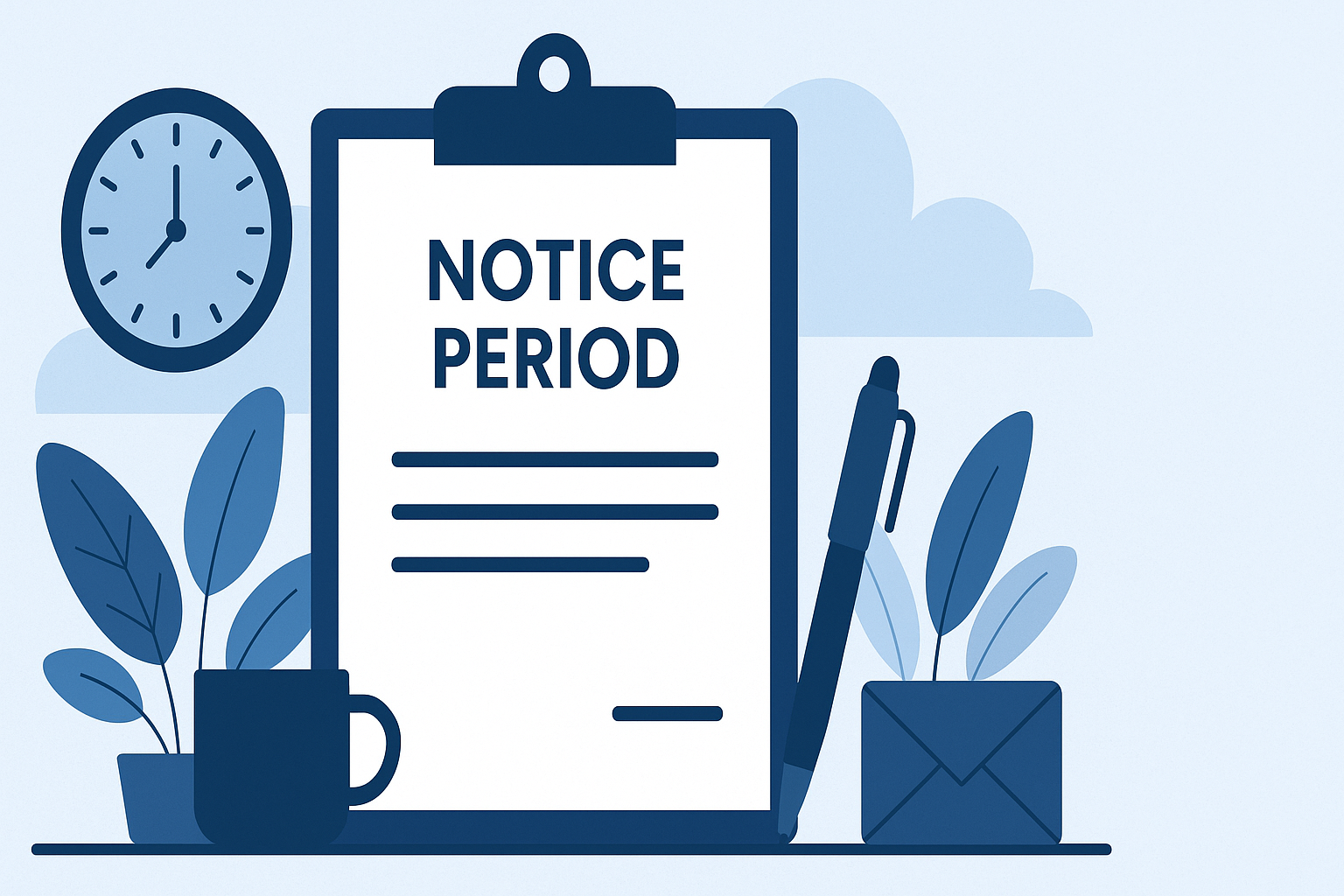Today, companies spend a lot of effort on curating staff leave management policies and programs to ensure a smooth, transparent, and seamless management of absences and leave. Absence management software automates the processes associated with employee time off, such as request submissions, tracking, and management, helping organisations to efficiently handle employee absences, such as vacation days, sick leave, parental leave, and other types of time off. Additionally, absence management software includes an employee self-service component that empowers employees by giving them access to their leave balances and the ability to submit and manage their leave requests.
However, it can result in inefficient leave management if not done considering the critical performance factors. Poor evaluation of employee leave management programs can also create hindrance in exploring its opportunities and benefits.
Businesses looking forward to outperforming the competitors through their employee leave management programs to strengthen the company’s brand identity need the right employee leave management arrangement—an arrangement that promotes employer brand progression and streamlined leave management processes. Absence management software streamlines workflows, improving productivity and optimising resource allocation within an organisation. Effective absence management can lead to significant cost savings for organisations by optimising resource allocation and improving productivity.
Having said that, we have put together a few performance factors that the leadership team should take into consideration while assessing their employee leave management program:
Positive Experience
A good employee leave management promises equal treatment. Whether it’s an ill employee or a disabled manager, fair treatment of all the employees from various organisational tiers is imperative.
When all the stakeholders in the organisation receive a fair and positive experience throughout their absence continuum, they experience a feeling of belonging and satisfaction. In addition to that, it improves employee productivity as well as employee loyalty towards the organisation.
Integrated Staff Leave Management System
Some companies keep different leave management programs for conventional and non-conventional leave management. Keeping these leave management models separated demands additional resources, efforts, and investments.
The HR managers are required to evaluate these models individually to understand the monthly as well as annual leave of all the employees. Integrating them, however, can be a great relief to the HR coordinators. Integrating them into one absence management system can be a huge help to HR coordinators, allowing them to manage all types of leave and absences through one integrated system. Absence management software provides a centralised platform where employees can submit leave requests and managers can approve or deny requests. Leave management software provides advanced reporting, alerts, and automation of manual tasks to empower HR teams to handle absence efficiently.
This eventually results in lower investment costs, lesser human efforts, and higher productivity returns. Doing so also allows the HR coordinators to learn better the areas that have room for improvement.
Defined Key Measurable Indicators (KPIs)
Truth be told- KPIs are imperative for any business wanting to learn the success ratio, improvement areas, and growth rate. Similarly, the employee leave management program needs to have KPIs that can help learn the program’s success rate and areas facing challenges.
For instance, the absence strategy ought to have defined and measurable KPIs that can help in the positive outcomes of absenteeism in the short-term as well as long-term. These KPIs need to be designed based on clearly defined goals that can, in return, help reduce absenteeism and costs. Absence management software offers reporting and analytics capabilities to track absenteeism trends and patterns.
Digitalisation of Staff Leave Management
It’s 2022, and the world has already made a complete shift to digitisation. Digitalising the absent and leave management can not only streamline the daily processes but also foster data protection and privacy. It enhances employee experience by providing them with transparency over their leave and reducing dependency on HR personnel for routine tasks. Self-service features enhance transparency and improve communication between employees and HR.
Right from allowing employees to submit leave requests in real-time to HR managers responding to employee claims or accessing the weekly reports, automation has been playing a pivotal role in superior employee leave management.
Mental Health Initiatives
Mental has become a huge topic of discussion in the last decade. Companies across the globe are paying close attention to mental health initiatives to ensure the well-being of the employees’ mental health and help them experience a comfortable work environment. Employee absenteeism affects everything from productivity to staff morale.
HR leaders investing in mental health awareness initiatives also benefit from the increasing percentage of absenteeism among the employees.
Each and every company will have different priorities and goals to achieve. But, whatever that goal be, a sustainable and streamlined staff leave management will always generate positive impact in absence and leave management.
What is Absence Management Software?
Absence management software is a digital tool designed to streamline and automate employee time tracking, absence management, and leave requests. This software helps employers monitor employee attendance records, manage compliance with company policies and legislation, and ensure that appropriate cover is in place during absences. By automating these processes, absence management software enhances productivity, elevates employee motivation, and reduces costs associated with managing absences. It provides a centralized platform where employees can easily submit leave requests, and managers can efficiently approve or deny these requests, ensuring a smooth workflow.
Benefits of Staff Leave Management
Absence management software offers numerous benefits to organizations, including:
-
Improved Productivity and Employee Morale: By automating absence management processes, employees and managers can focus on their core tasks, leading to increased productivity and higher morale.
-
Reduced Administrative Tasks and Costs: Automation reduces the time and effort required for manual tracking and managing absences, cutting down administrative costs.
-
Enhanced Compliance with Policies and Legislation: The software ensures that all absences are managed in accordance with company policies and legal requirements, reducing the risk of non-compliance.
-
Better Management of Staff Absences and Leave Requests: With a centralized system, managing staff absences and leave requests becomes more efficient and transparent.
-
Increased Visibility and Control Over Employee Attendance: Managers gain real-time insights into employee attendance, allowing for better planning and resource allocation.
-
Improved Employee Engagement and Retention: A streamlined absence management process contributes to a positive work environment, enhancing employee engagement and retention.
Key Features of Absence Management Software
Absence management software typically includes the following key features:
-
Employee Absence Tracking and Recording: The software tracks and records all employee absences, providing a comprehensive overview of attendance patterns.
-
Leave Request Management and Approval Process: Employees can submit leave requests, and managers can approve or deny them through an automated process.
-
Automated Notifications and Reminders: The system sends automated notifications and reminders to both employees and managers, ensuring timely actions.
-
Compliance with Policies and Legislation: The software ensures that all absences are managed in line with company policies and legal requirements.
-
Resource Allocation and Productivity Optimization: By providing insights into absence patterns, the software helps optimize resource allocation and productivity.
-
Reporting and Analytics on Employee Absences and Leave Requests: Detailed reports and analytics help managers make informed decisions about absence management.
-
Integration with Other HR Management Tools and Systems: The software can integrate with other HR tools, creating a seamless HR management ecosystem.
Compliance and Reporting
Absence management software helps organizations comply with relevant laws and regulations, such as statutory sick pay and leave entitlements. It ensures that all absences are recorded and managed in accordance with legal requirements, reducing the risk of non-compliance. Additionally, the software provides comprehensive reporting and analytics on employee absences and leave requests. These insights enable managers to make informed decisions about absence management and employee well-being, ensuring a fair and transparent process.
Mobile Accessibility and Remote Work
Absence management software is often cloud-based and accessible on various devices, including mobile phones and tablets. This enables employees to request leave and log absences remotely, providing flexibility and convenience. Managers can approve or deny requests and monitor employee attendance in real-time, regardless of their location. Mobile accessibility and remote work capabilities enhance the overall efficiency of absence management software, making it easier for organizations to manage employee absences and leave requests in a modern, dynamic work environment.




